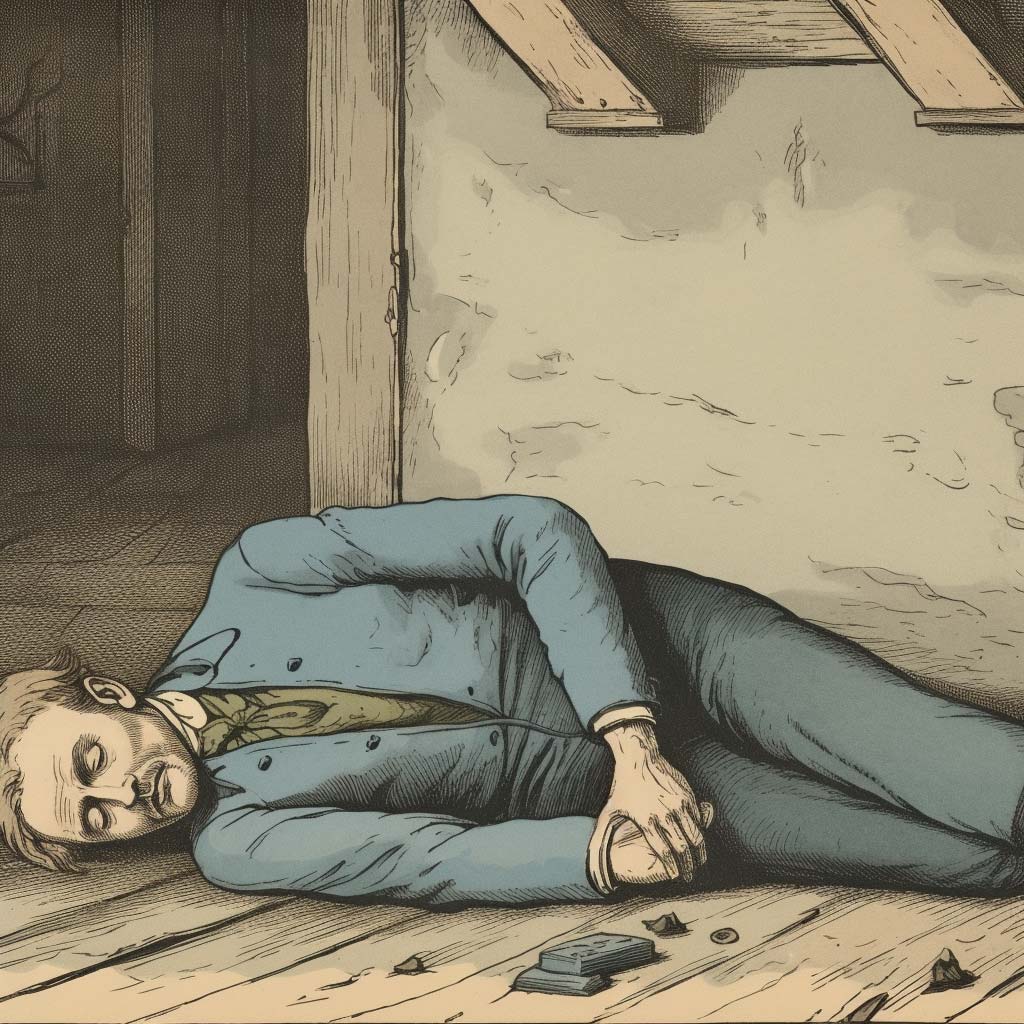The novel begins with a conversation between Basil Hallward, a talented artist, and his friend Lord Henry Wotton. They discuss Basil’s latest work, a portrait of a young man named Dorian Gray. Lord Henry becomes fascinated with the idea of youth and beauty. He makes several provocative statements about the importance of pleasure and the dangers of morality.
Basil introduces Lord Henry to Dorian, and the two quickly become friends. Dorian is impressed by Lord Henry’s wit and charm and begins to adopt his hedonistic philosophy. Basil, however, is concerned by Dorian’s infatuation with Lord Henry.
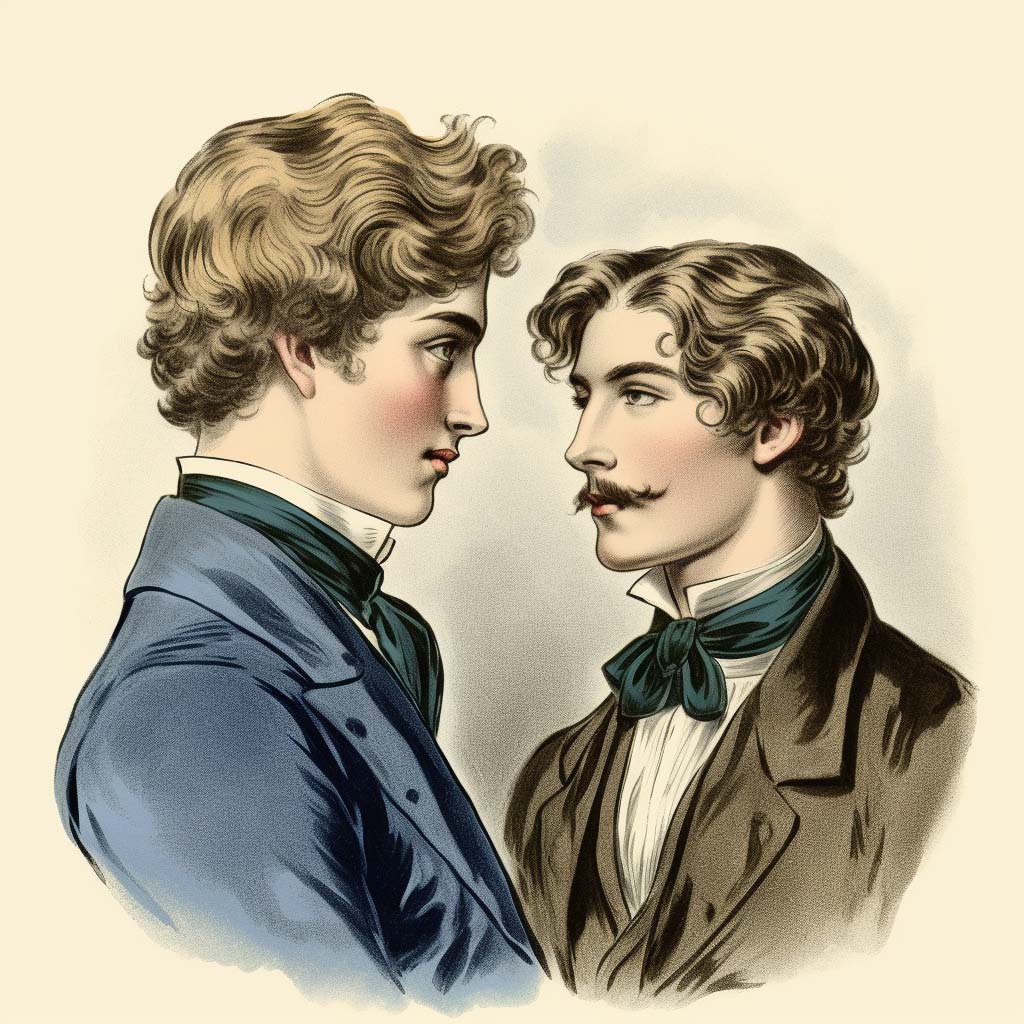
Dorian poses for Basil’s portrait, and is struck by his own beauty. He becomes obsessed with the idea of preserving his youth and beauty forever. He makes a wish that he could stay young and beautiful while his portrait ages instead.
Dorian meets a young actress named Sibyl Vane and falls in love with her. He believes that she is the embodiment of all that is pure and good in the world and becomes infatuated with her.
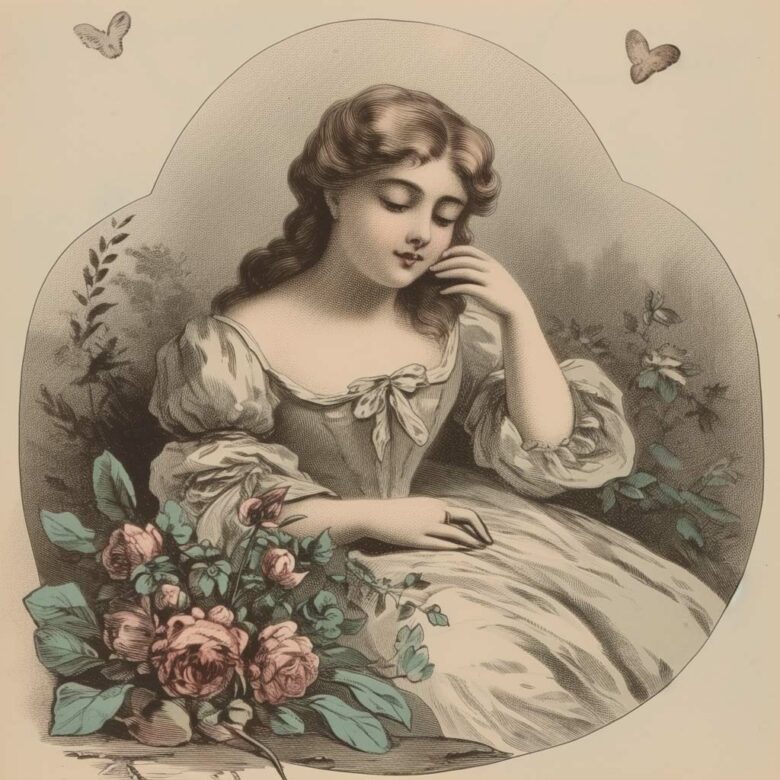
Dorian and Sibyl begin a passionate romance, but Dorian’s love for her is based more on his idealised image of her than on her actual personality. He becomes frustrated when Sibyl’s acting performances begin to decline, and finally ends their relationship in a cruel way.
Sibyl commits suicide, and Dorian becomes haunted by guilt and remorse. He begins to see the portrait as a physical manifestation of his own corruption and becomes obsessed with it.
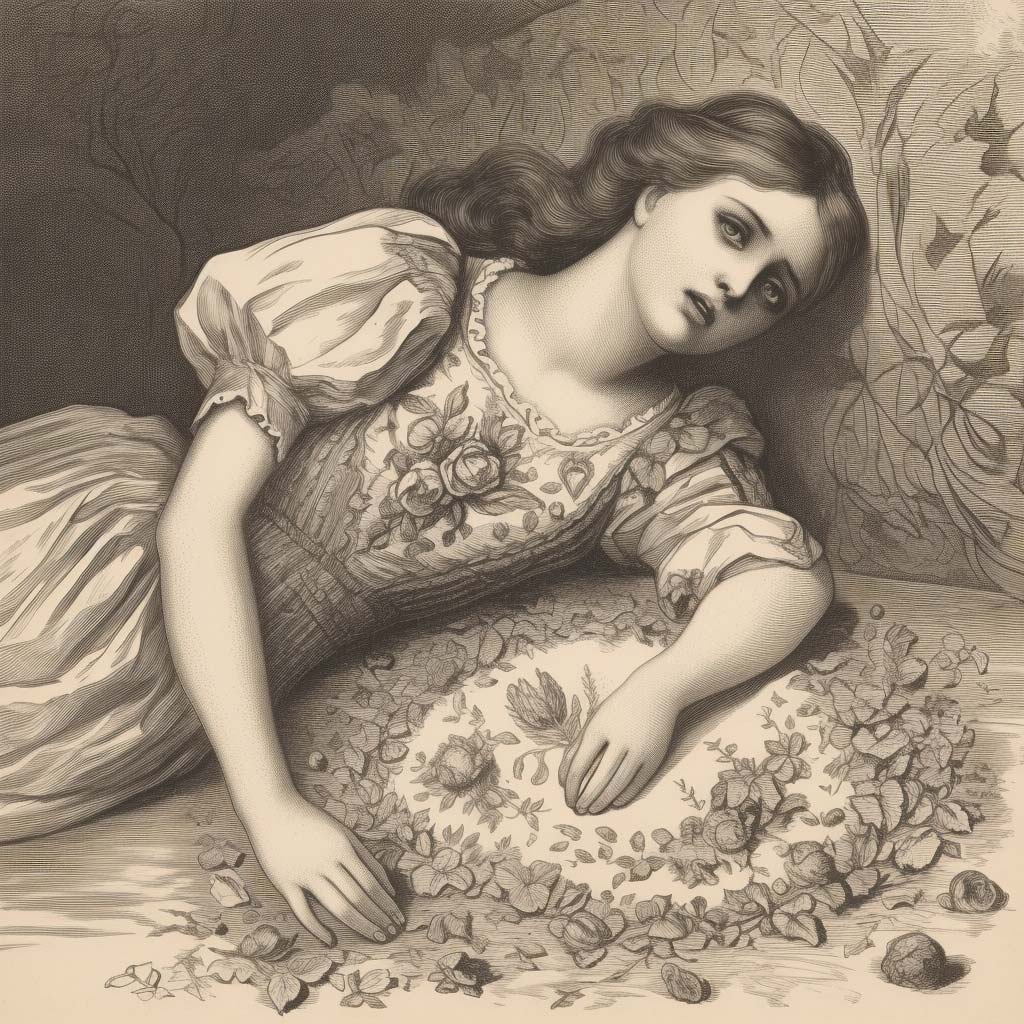
Dorian becomes involved in various hedonistic pursuits. He begins to indulge in a life of decadence and sin. He starts to see the portrait as a kind of confessor to whom he tells his darkest secrets.
Dorian becomes paranoid, believing that his sins are being exposed to the world.
Dorian continues to lead a life of sin and indulgence and becomes involved in various scandalous affairs. He also becomes fascinated by death and begins to collect macabre objects.

Dorian discovers that his portrait has changed and is now showing a cruel and twisted version of himself. He realizes that his actions have corrupted his soul, and that he is no longer the innocent young man he once was.
Dorian becomes reckless and begins to take pleasure in his own corruption. He begins to see the portrait as a kind of accomplice to his sins, and becomes addicted to its power.
Dorian invites Basil to his home and shows him the portrait. Basil is horrified by the changes in Dorian’s character and begs him to repent.
Dorian becomes enraged by Basil’s pleas for repentance. In a fit of rage, he murders Basil. He then blackmails an old acquaintance to dispose of the body.

Dorian becomes haunted by Basil’s ghost in his home. Guilt and fear torture him.
He becomes mentally unstable.
Terrified, Dorian becomes desperate and visits an opium den to escape his guilt.
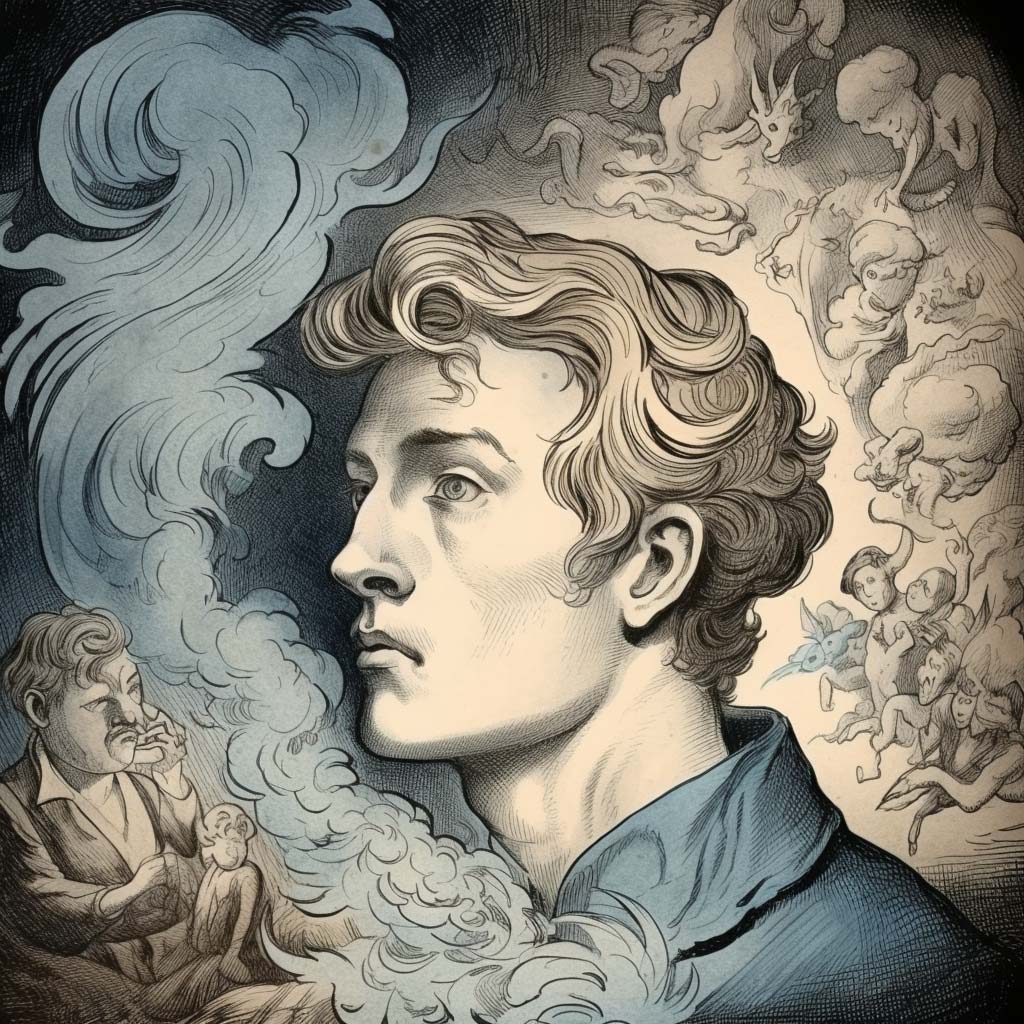
Dorian becomes isolated and sees his own reflection in the portrait as a reminder of his guilt and corruption. He believes that the portrait has a life of its own and is mocking and tormenting him.

Dorian realizes that the portrait has become his own worst enemy and decides to destroy it. In doing so, he destroys himself, as he is found dead on the floor next to the portrait, which has reverted to its original beauty.
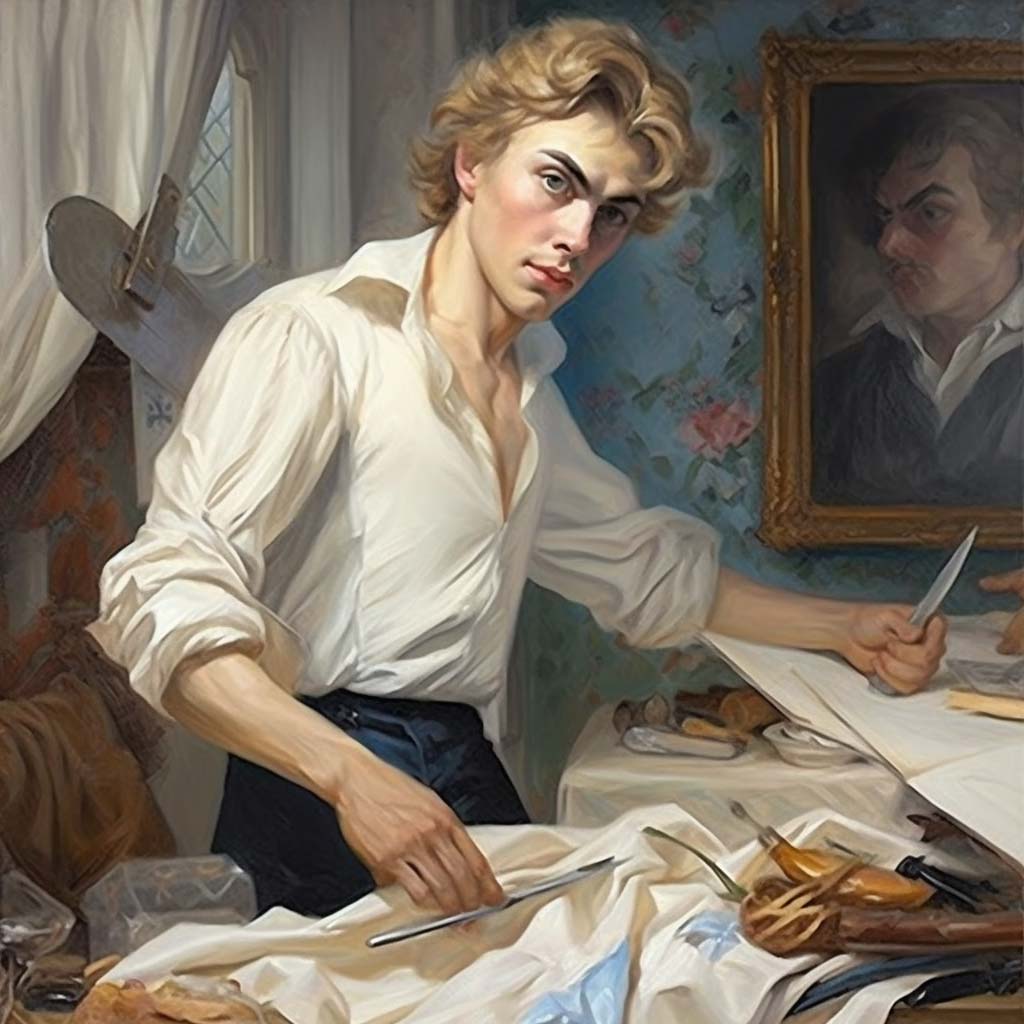
The novel ends with the discovery of Dorian’s body and the revelation of his true nature. The portrait is on the wall, as beautiful as in the beginning. At the end of the novel, it is unclear whether Dorian’s fate is one of redemption or damnation.
